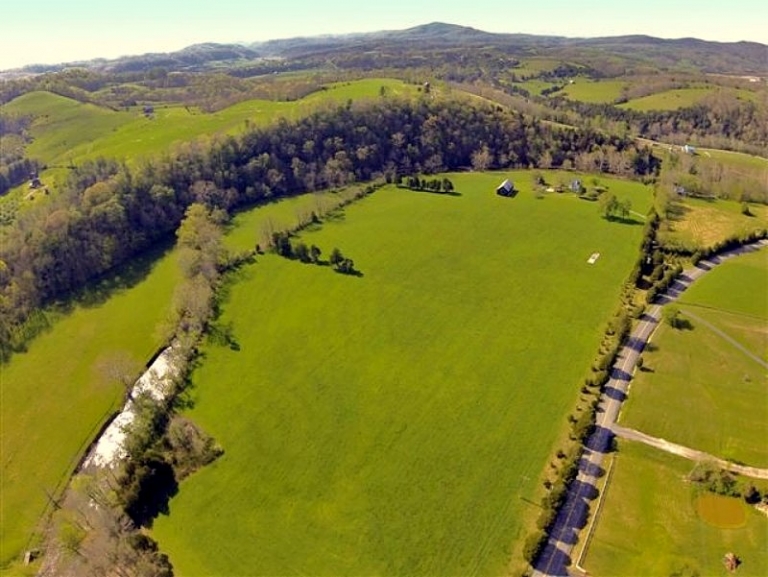
Though it might sound cliche, time really does stand still in the Indian Creek valley in southern West Virginia. A winery has opened. Farmers are experimenting with new crops. A small retirement community has been established where the old school once stood.
But for the most part, little has changed, and most residents like it that way. Ironically, such pleasant security is what's making the area in central Monroe County so attractive.
"One of the things we like about living here is that nothing's happening," says Fred Zeigler, a retired Chicago, Ill., geologist who purchased what's known as Cook's Old Mill.
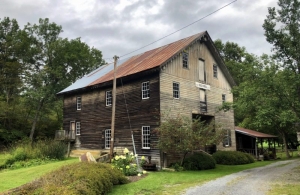
Fans of old gristmills, Zeigler and his wife pulled up stakes to move to the idyllic valley in the early 2000s.
"I think from an agriculture point of view, there's been a little change: when we arrived a few years ago, farmers were mostly raising beef and dairy cows, and recently there's been a lot of movement toward vegetables and specialty crops."
April Ernst, who opened Old World Libations, a farm winery and meadery, three years ago, says she and her husband, Scott, searched throughout the eastern U.S. before falling in love with the valley and its scenery.
"Everywhere you go, it's just gorgeous," Ernst said, speaking of West Virginia as well as the valley. The Ernsts had also considered buying land for the winery near April's native Berkeley County, in the eastern panhandle of West Virginia, but loved the pastoral feel of Monroe County.
Craig Mohler, the editor of The Monroe Watchman, shares the sentiments of Ernst and Zeigler, stressing the value that residents of the valley, and surrounding Monroe County, place on the land, which is renowned for its natural beauty and healing springs.
"Monroe County still doesn't have stoplights or Walmarts or fast food," Mohler says
"People here are strongly attached to place, perhaps even more than in other parts of West Virginia, and it's easy to see why—the sparse population, the mixture of pasture and woodlands, and farms that have been in use for hundreds of years."
The valley enjoys just the right amount of isolation—a half-hour's drive south of commercial and healthcare centers of Interstate 64 at Lewisburg and east of Interstate 79 at Princeton.
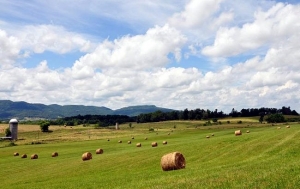
In the remote past, however, it was a busier place. Mohler and Zeigler both point out that Indian Creek takes its name for a Native American trail that crossed the Appalachians between the valleys of the Ohio and Virginia.
"It was the interstate of the Indian world, if you will," Mohler said.
After the arrival of European settlers, the valley and surrounding countryside became famous for its mineral springs, many of which were developed into resorts that attracted wealthy southerners before the Civil War.
Even today many visitors believe the spring waters possess curative properties, though certainly, the beauty of the landscape is cure enough.
Red Sulphur Springs, near the mouth of the creek, was formerly a bustling agricultural center as well as a resort that attracted guests through the mid- and late 1800s, and Zeigler is working to find remnants of the old spring house, only the foundations of which may now exist.
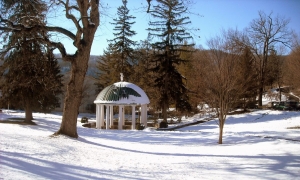
Salt Sulphur Springs, near the head of the creek, was likewise a resort, though many of its old stone buildings and spring houses remain marvels to travelers who find themselves touring the valley south of the Monroe County seat at Union.
Both landmarks were part of a circuit of mineral-spring resorts, perhaps the most famous of which was the Old White at nearby White Sulphur Springs, now the home of The Greenbrier, still a thriving, world-class retreat.
The region is also known for its caverns, through which the headwaters of the creek pass, and for its covered bridges, remnants of a time long passed.
Given the propensity of new and existing residents to preserve the natural and cultural beauty of the region, and as a result of the valley's distance from developed urban areas at Lewisburg and Princeton, it's likely the region will remain among the most desirable in the state for years to come.
Legend of Burnt House lives through strange town name
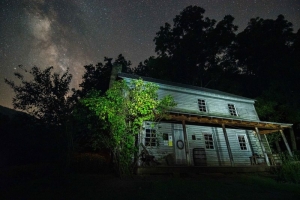
Motorists traveling W.Va. 47 through Ritchie County, in north-central West Virginia, are sure to have noticed the little village of Burnt House and wondered about the remarkable name. Here's the ghost story behind it.
Sign up to receive a FREE copy of West Virginia Explorer Magazine in your email twice weekly. Sign me up!




























